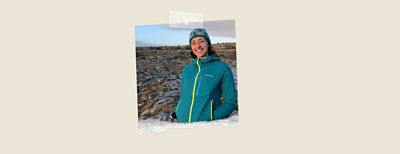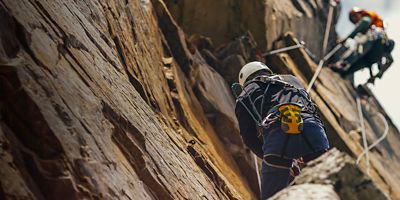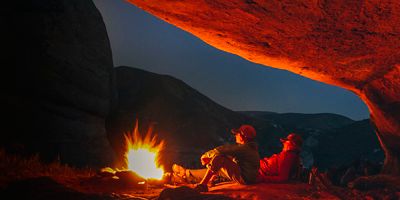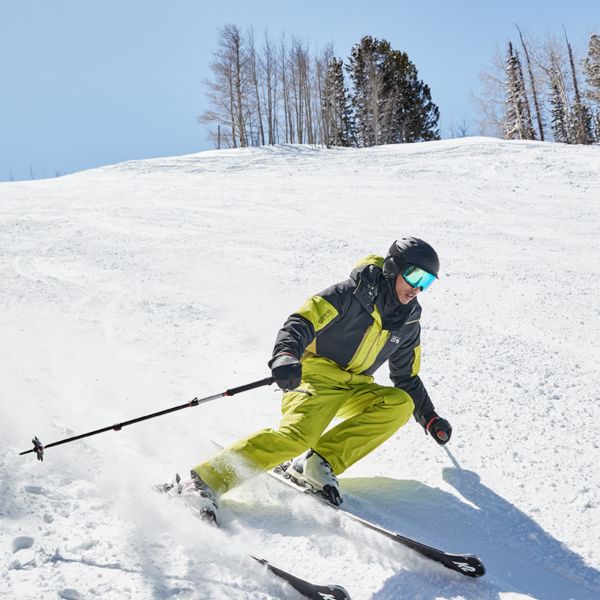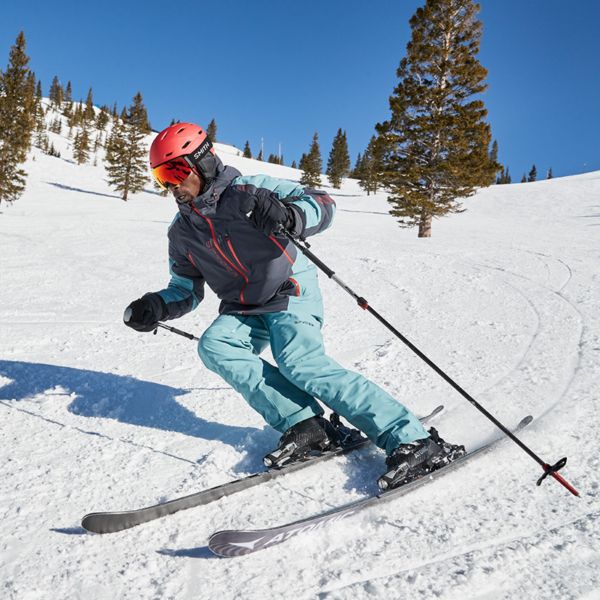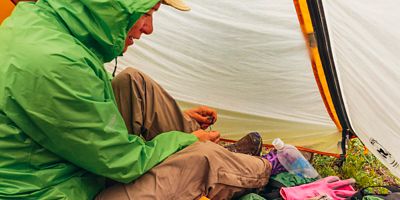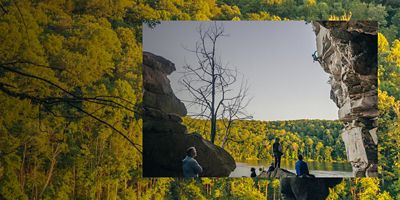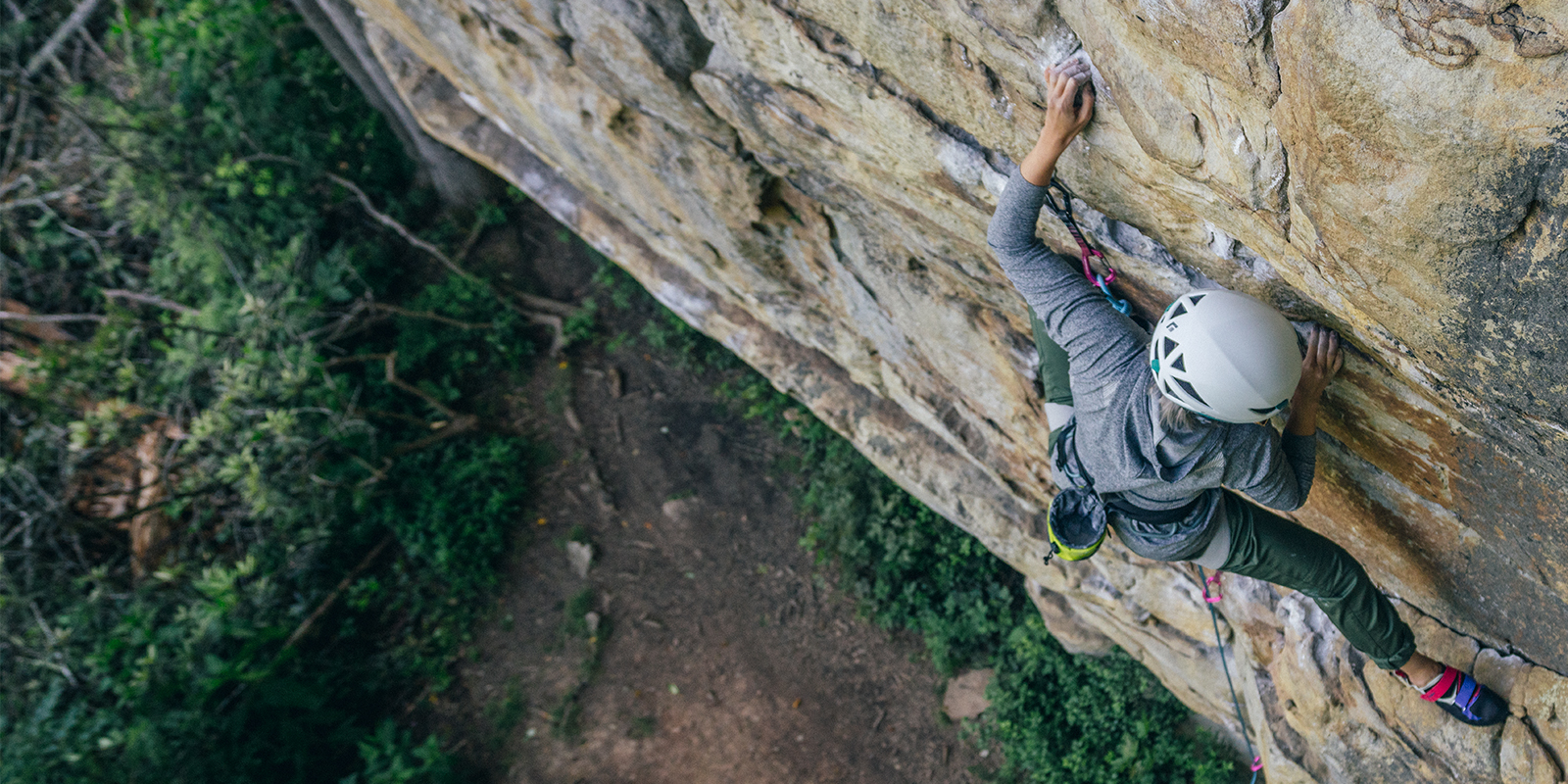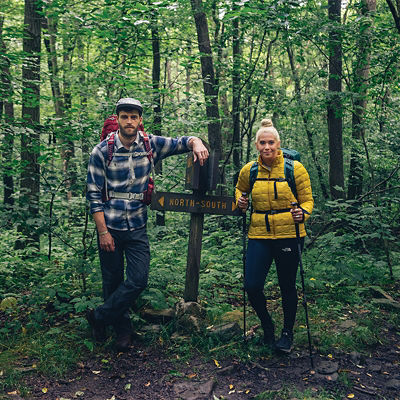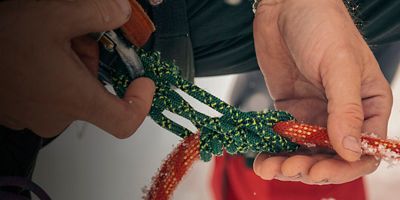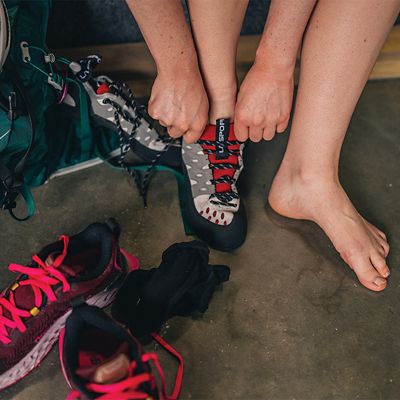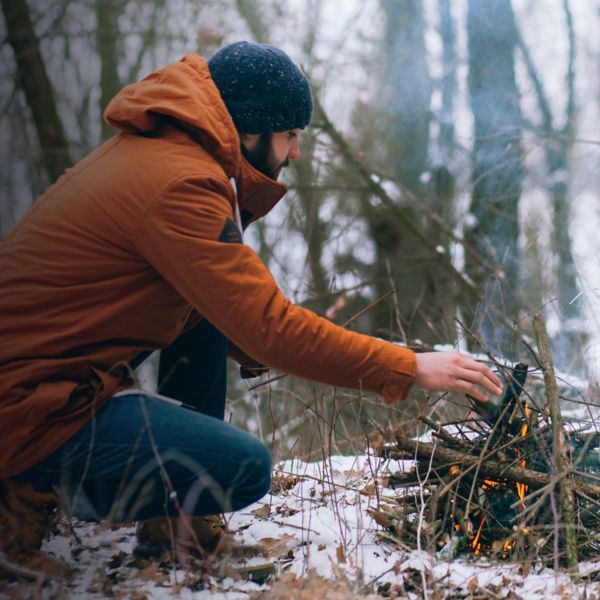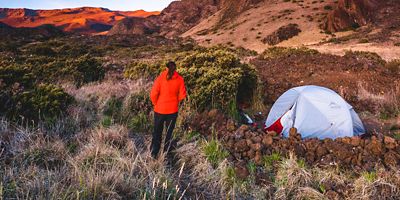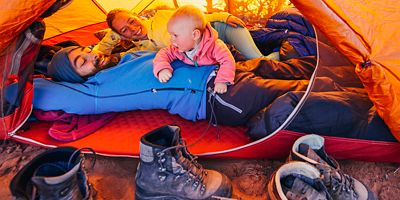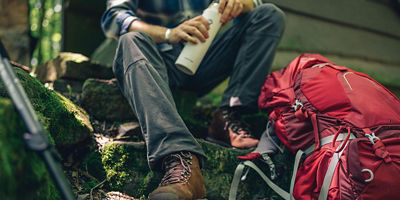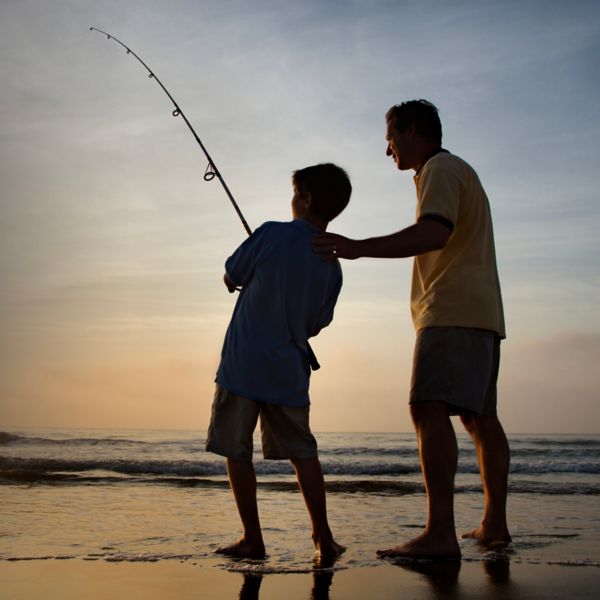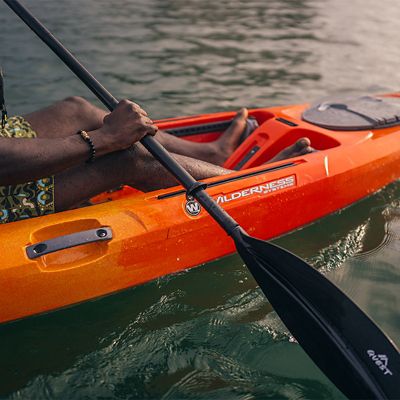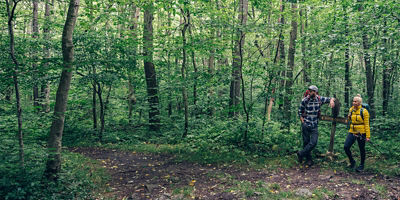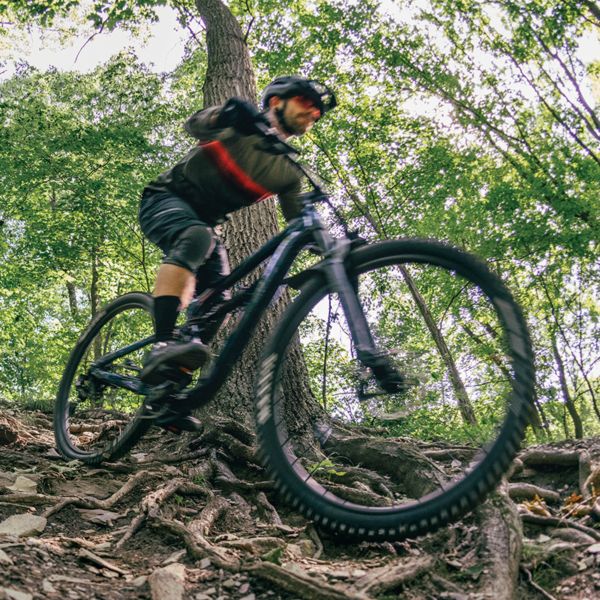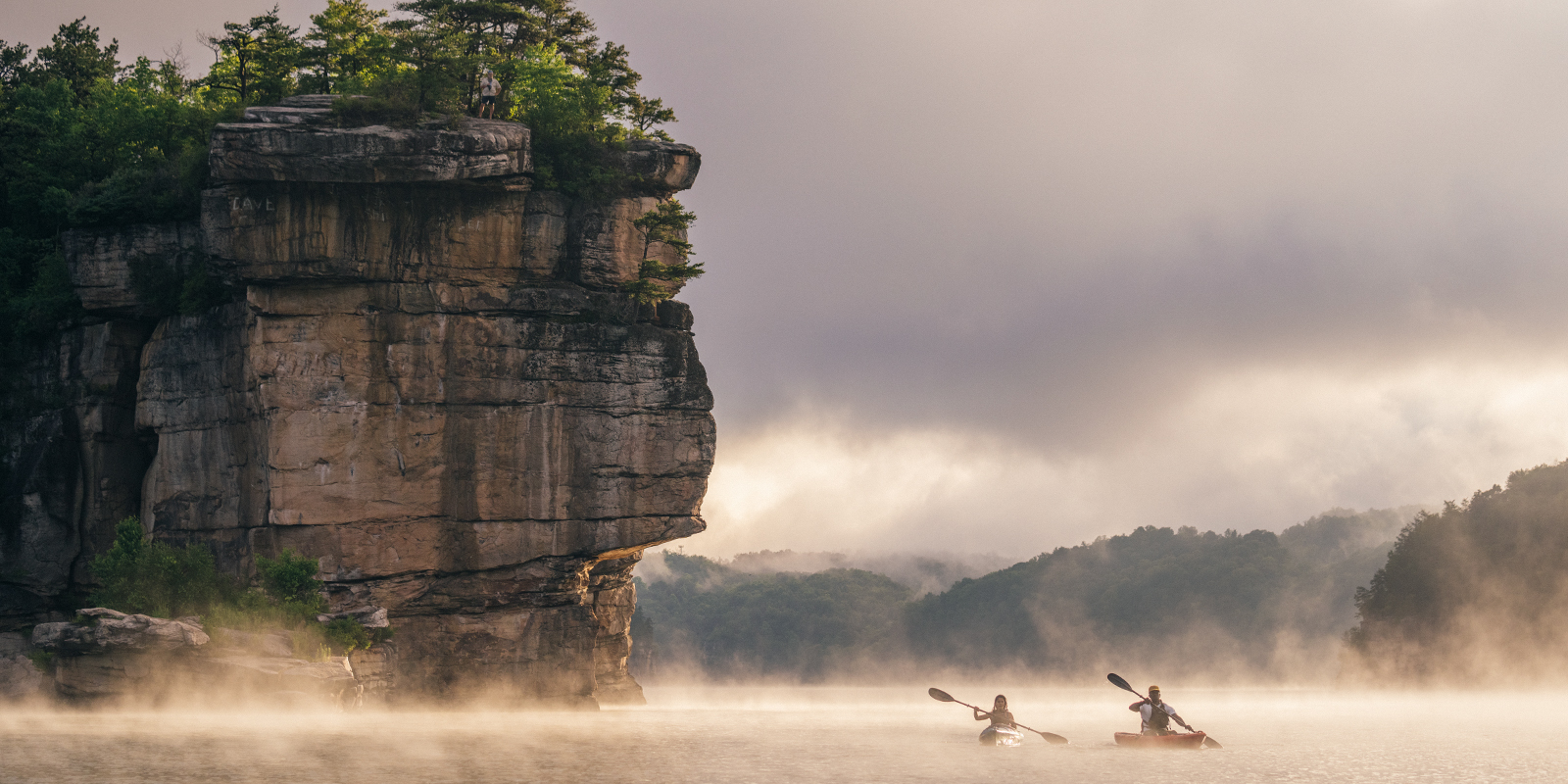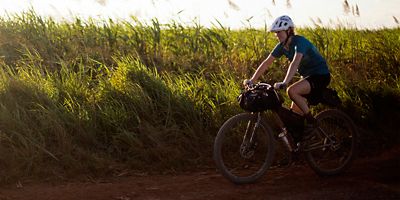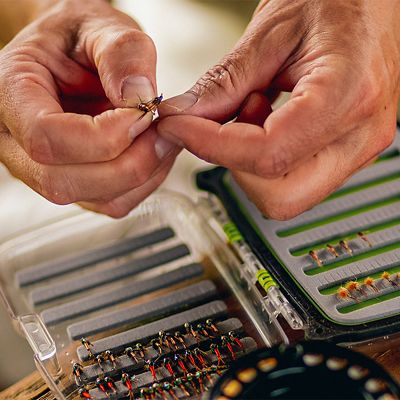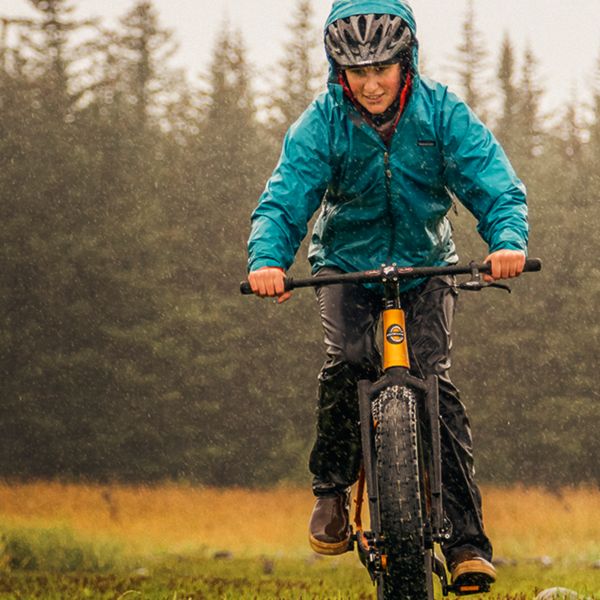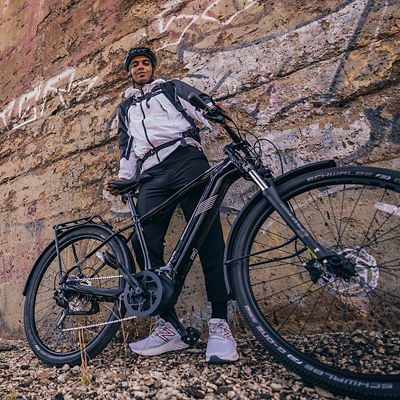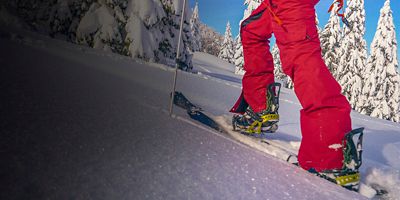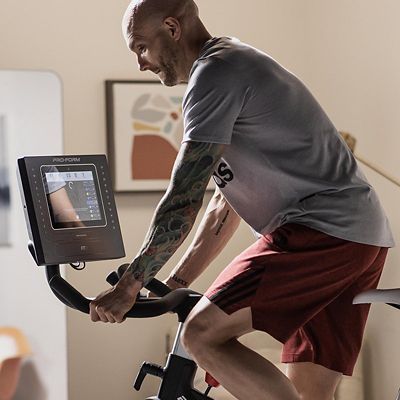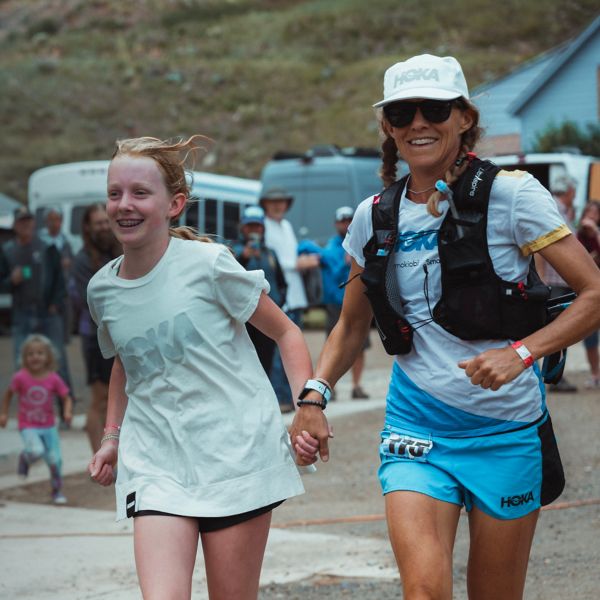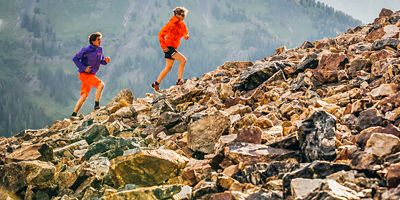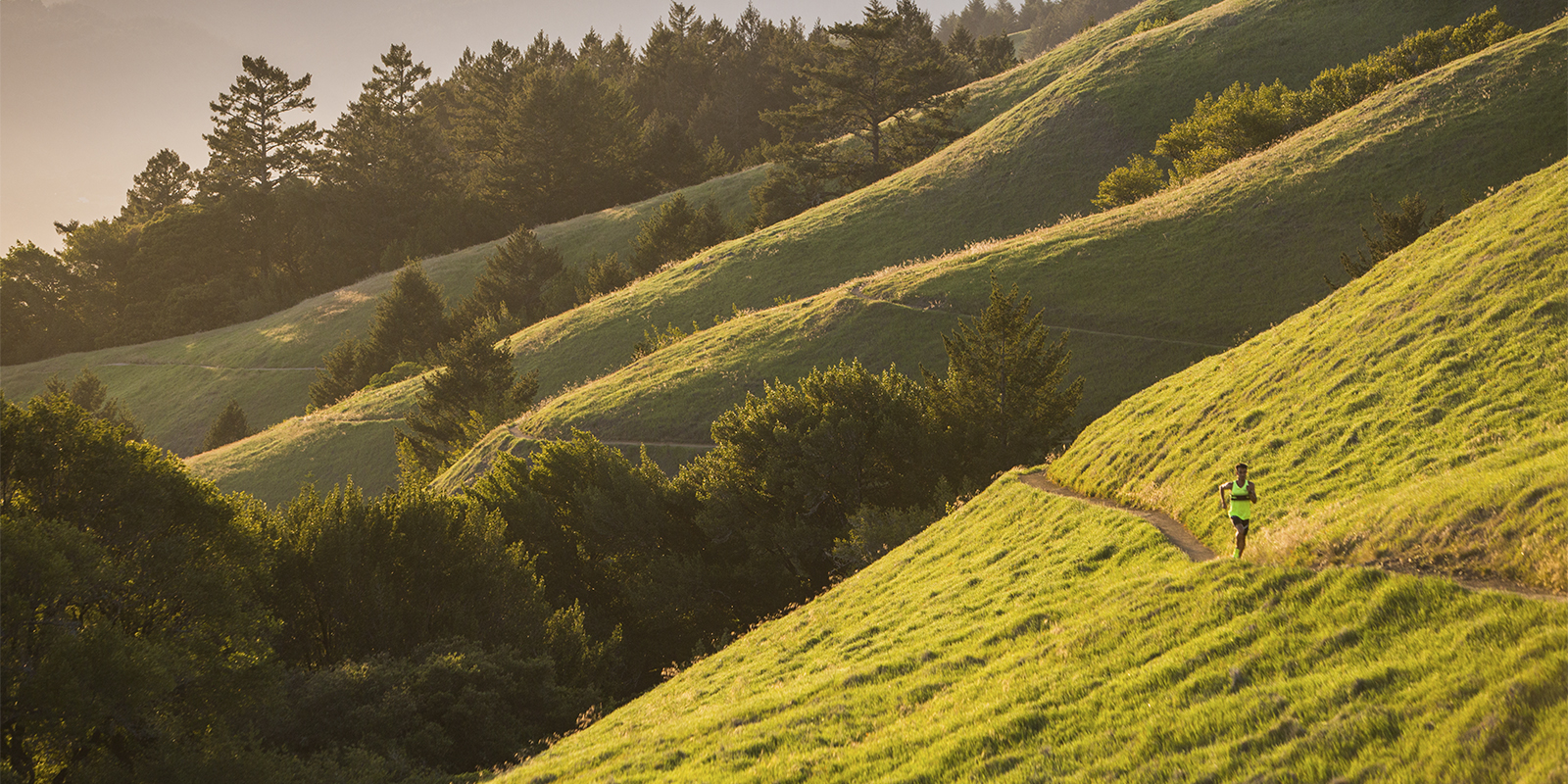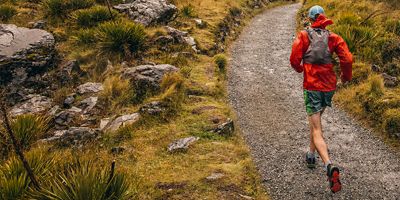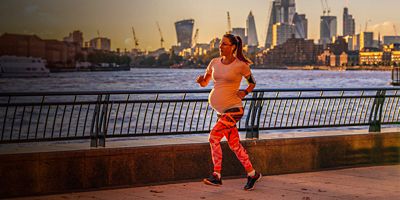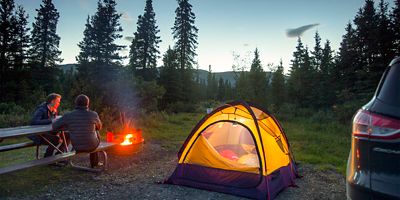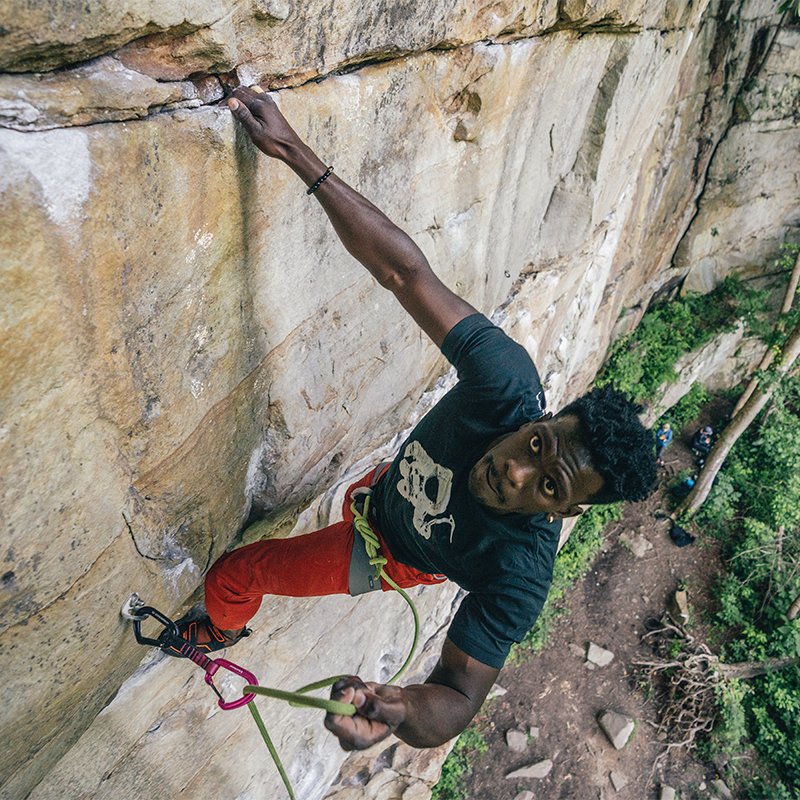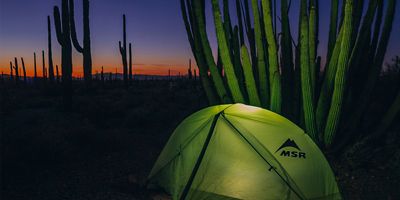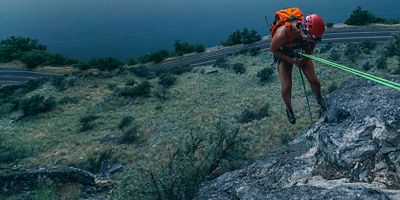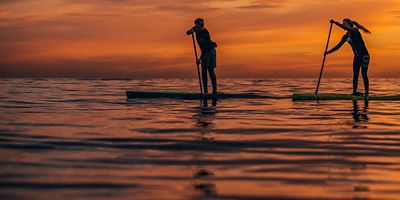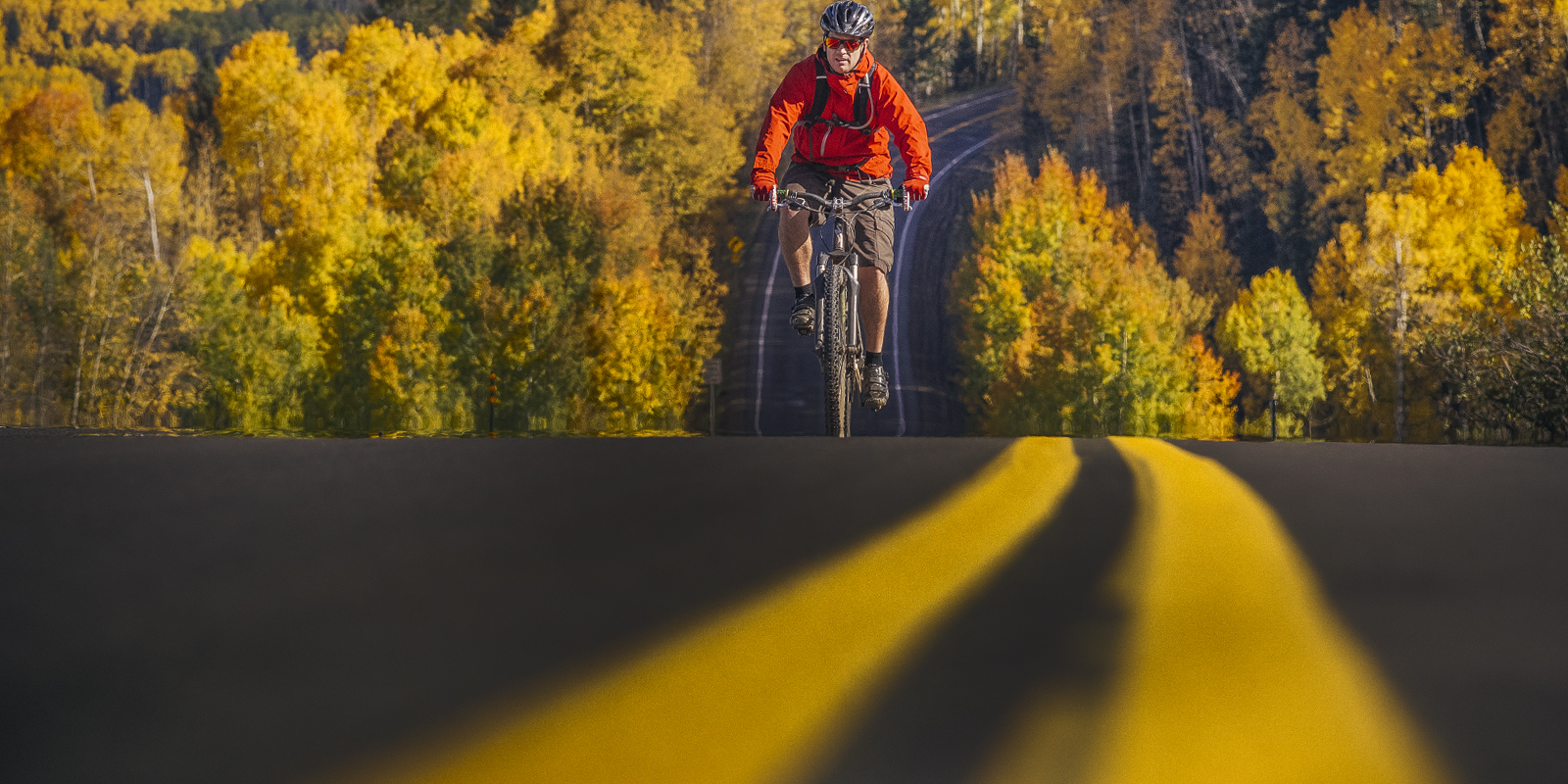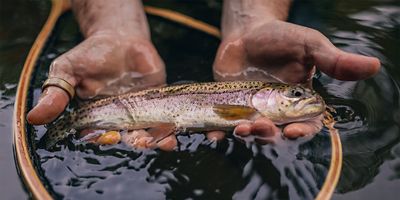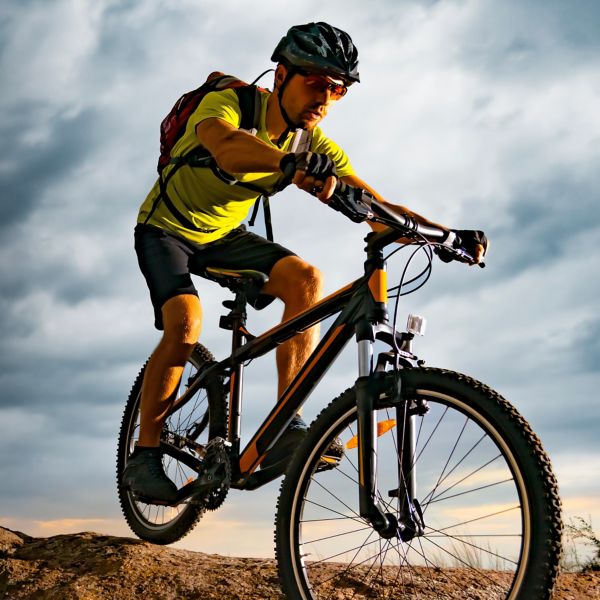Choosing Safer Water Sources
OK, but you didn’t pack any treatment methods this time. Now what? First, look for the safest possible water sources. Any backcountry water could be contaminated, but some locations are less likely to be harboring pathogens than others. Here’s what to look for—and what to avoid.
- Generally, get as close to the water source as possible. The more upstream distance, the more opportunities there are for contaminants to get into the water supply and wash down to you. Head to higher elevations to find the sources of streams—if you can see the snowfield that’s feeding a lake, that’s a good sign.
- Avoid drinking water where you see signs of livestock, as their poop is likely getting into the water supply.
- An underground spring is a great source of cleaner water.
- Ice-cold water is a better bet than warmer water.
- Clean, white, fresh snow can be a great water source.
- Fast-flowing water is better than stagnant water.
- If you have to use a still water source, like a lake or pool, scoop from the top couple of inches rather than the murky water near the bottom.
Emergency Water Treatment Methods
Now that you’ve found a refill, it’s time to purify the water with whatever means you have. These emergency methods can be lifesavers.
First, filter.
Not only is sediment nasty to drink, but it also gives microorganisms a nice habitat (even top-notch water purification tools struggle to fully disinfect cloudy or silty water). Get rid of larger particles by filtering water through a bandana, T-shirt, or sock filled with sand or charcoal. This won’t catch tiny organisms by itself, but even if you have no way to further treat it, filtering water is better than nothing.
Then, boil.
Boiling water is a time-honored way to neutralize any pathogen. You’ll need a fire (you did pack emergency fire-starting equipment, right?) and one of the following items.
Aluminum foil: Shape it into a cup and use sticks to suspend it over hot coals (not an open flame) to boil water.
A large, green leaf: This is painstaking work, but you can boil small amounts of water inside the leaf held over your fire.
A plastic shopping bag: Use the hot-rocks method. Place palm-sized rocks (a dozen or two) in hot coals to heat up. (Note: Never use river rocks, as they can contain small amounts of water that will cause them to explode when heated.) Pour water into the plastic bag and place a layer of rocks on the bottom to help hold its shape; prop up the handles with sticks so the bag stays upright. As the rocks heat up, add them one by one to the plastic bag, using two sticks chopstick-style to move them. Continue until water boils; let sit a few minutes, then carefully pour the water into your bottle.


